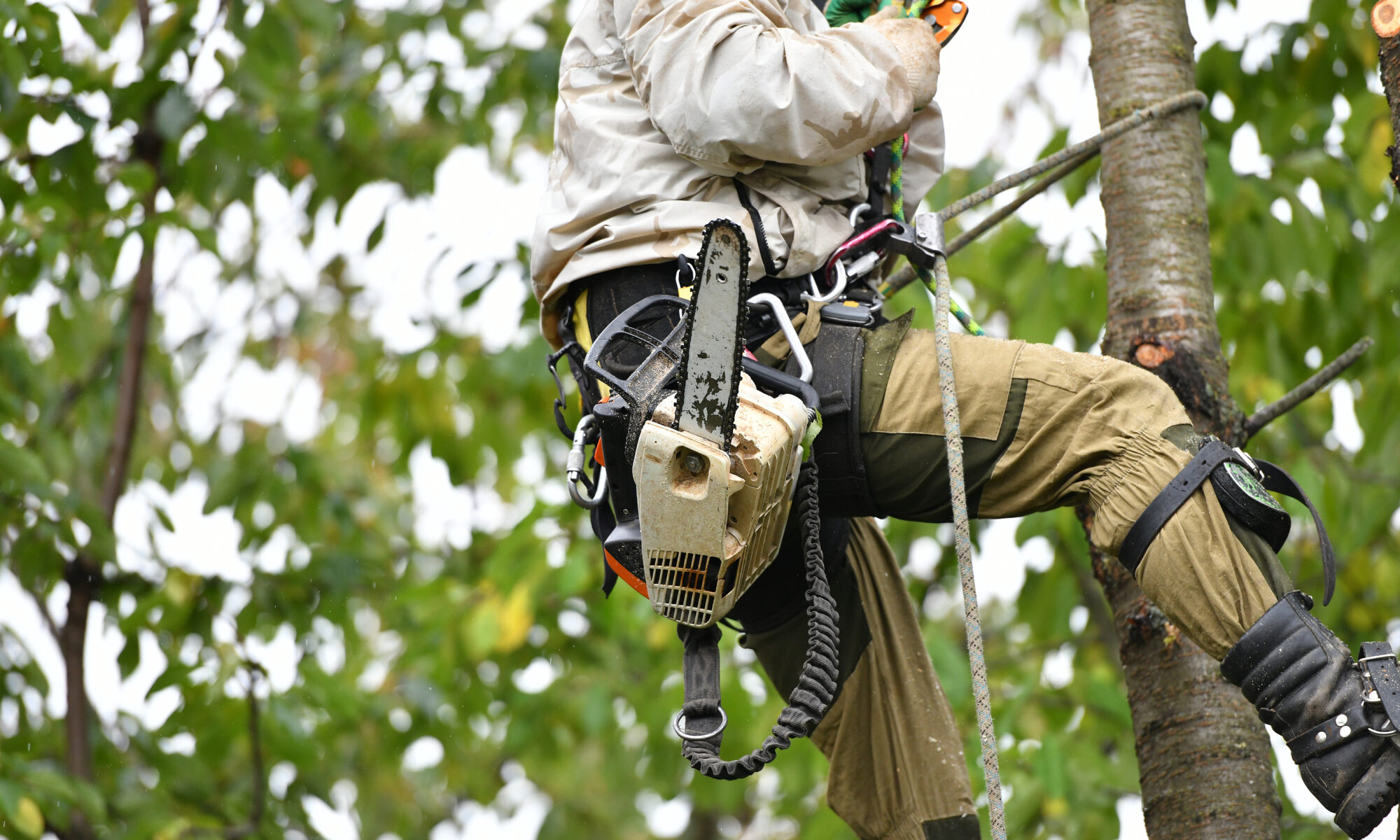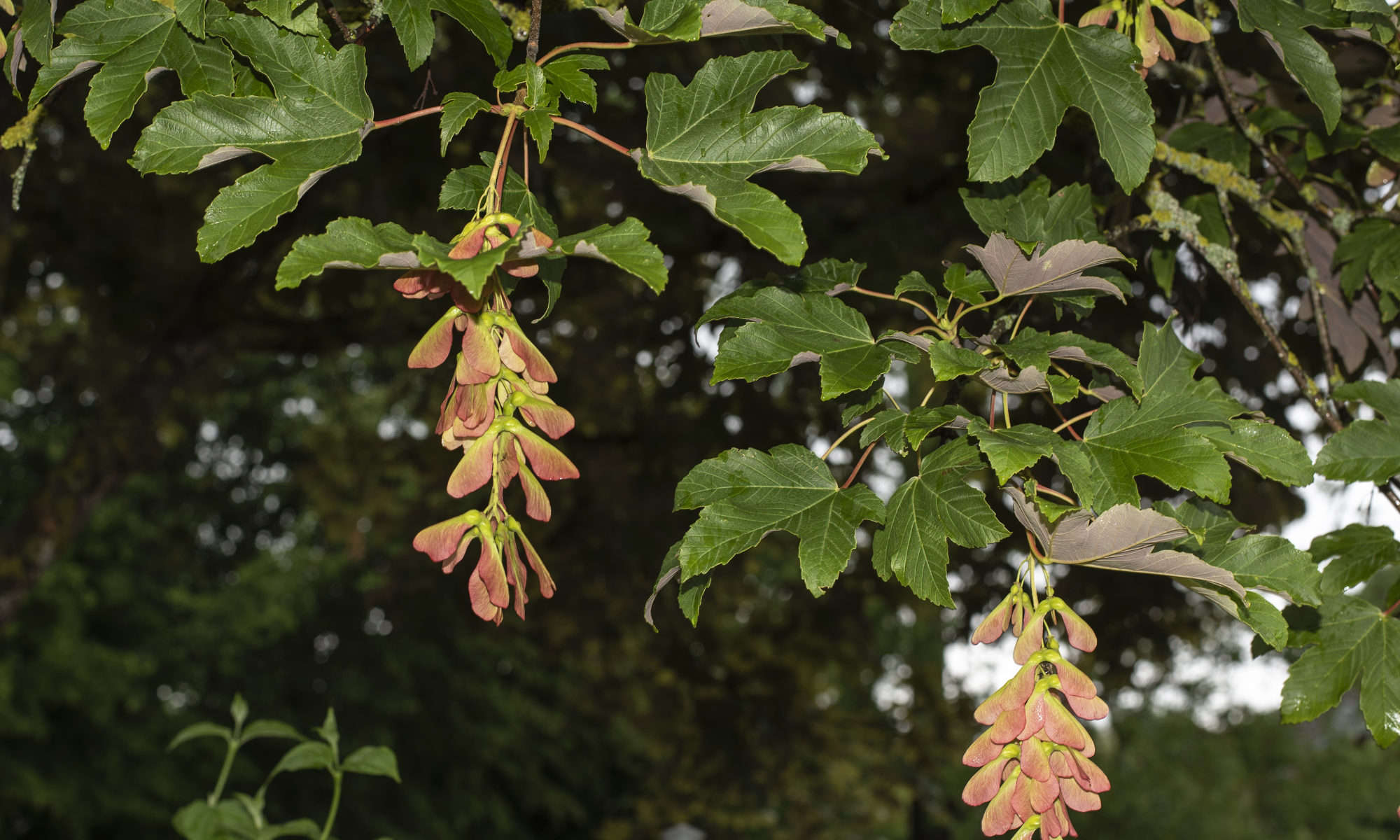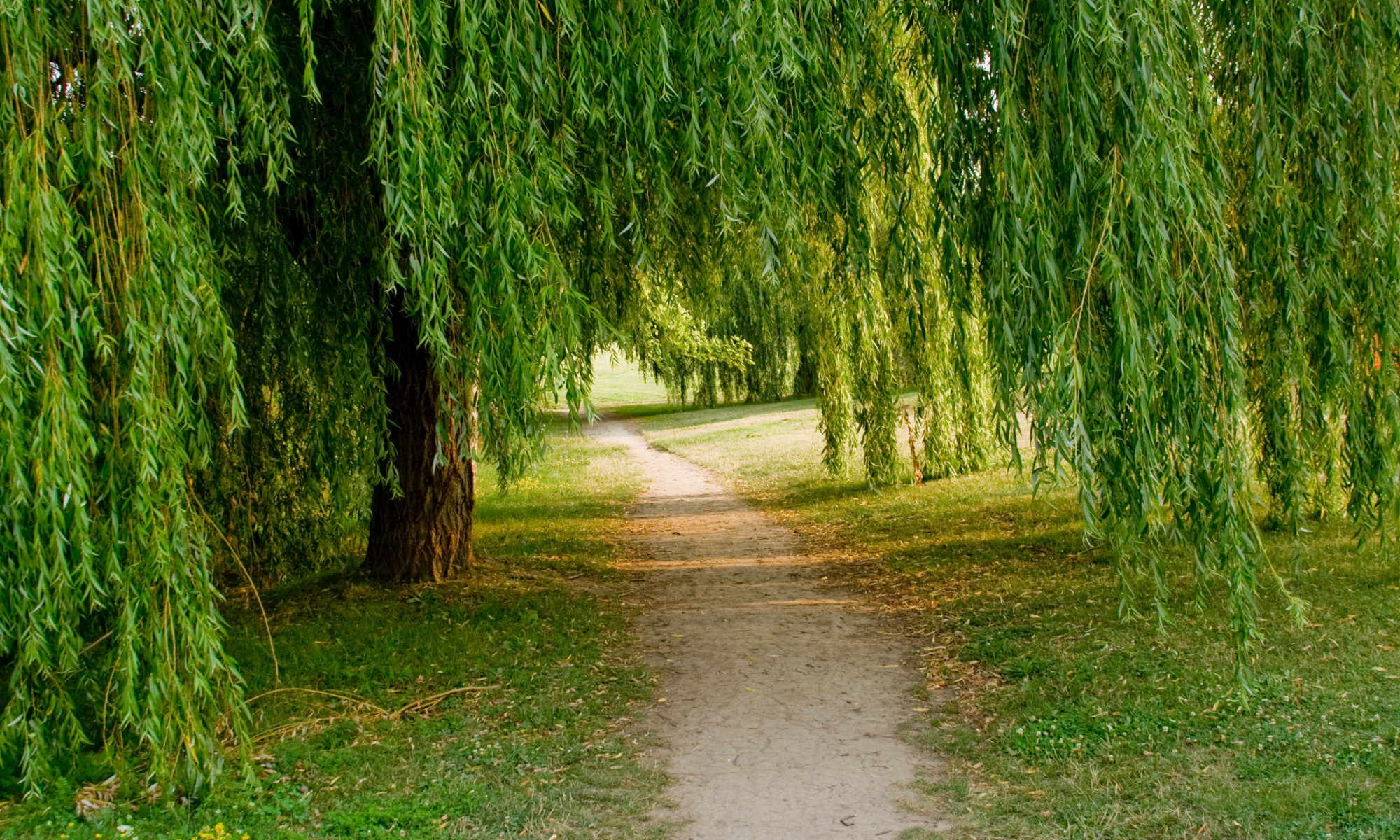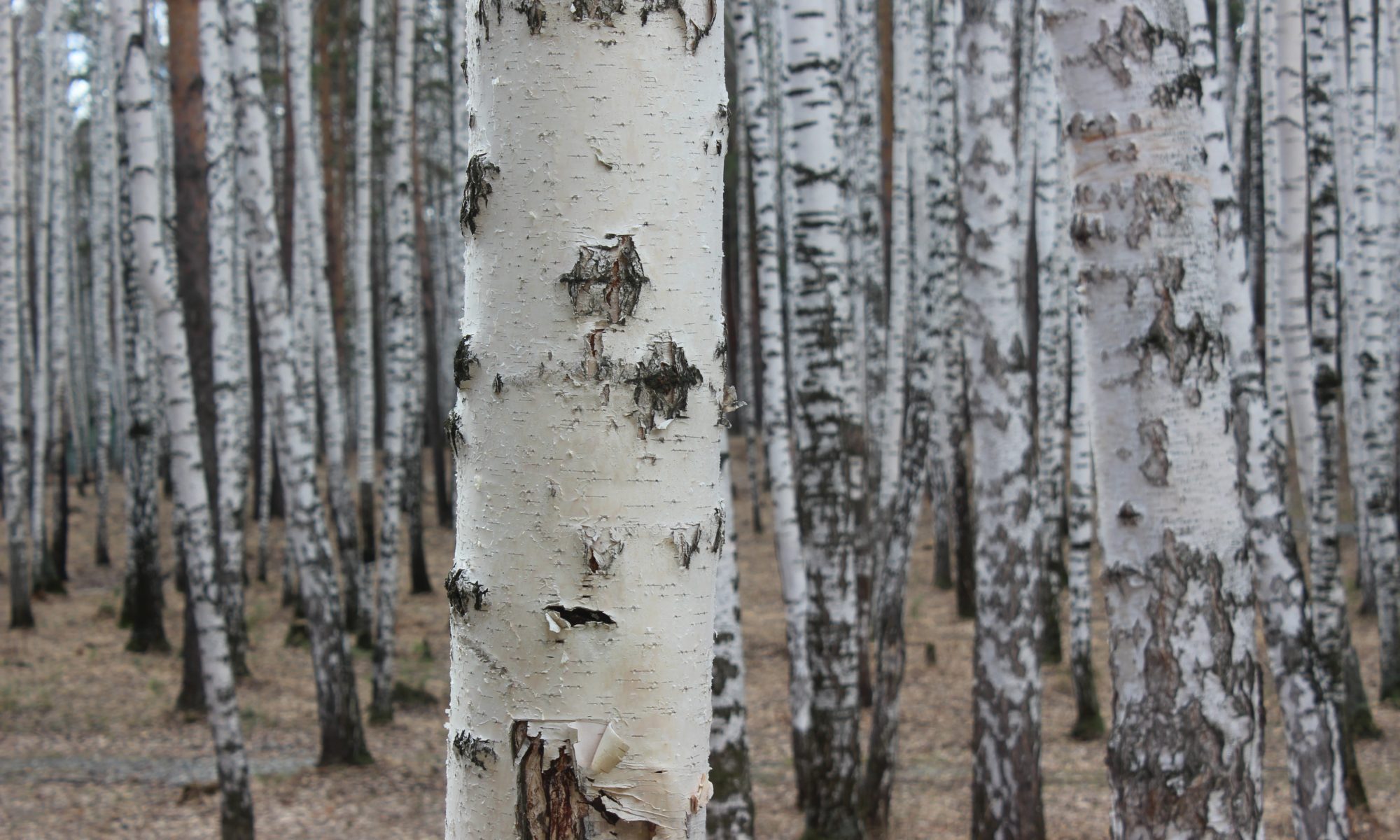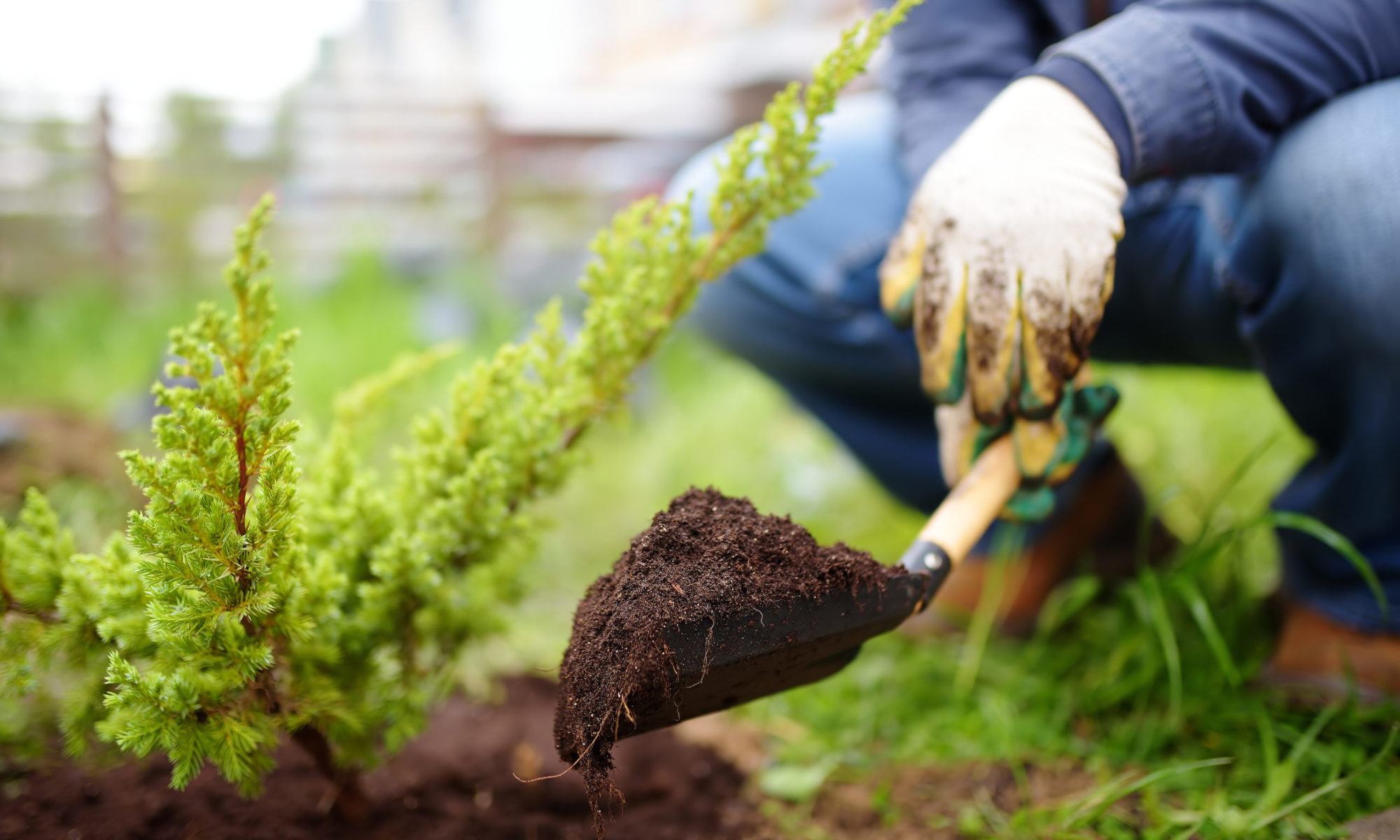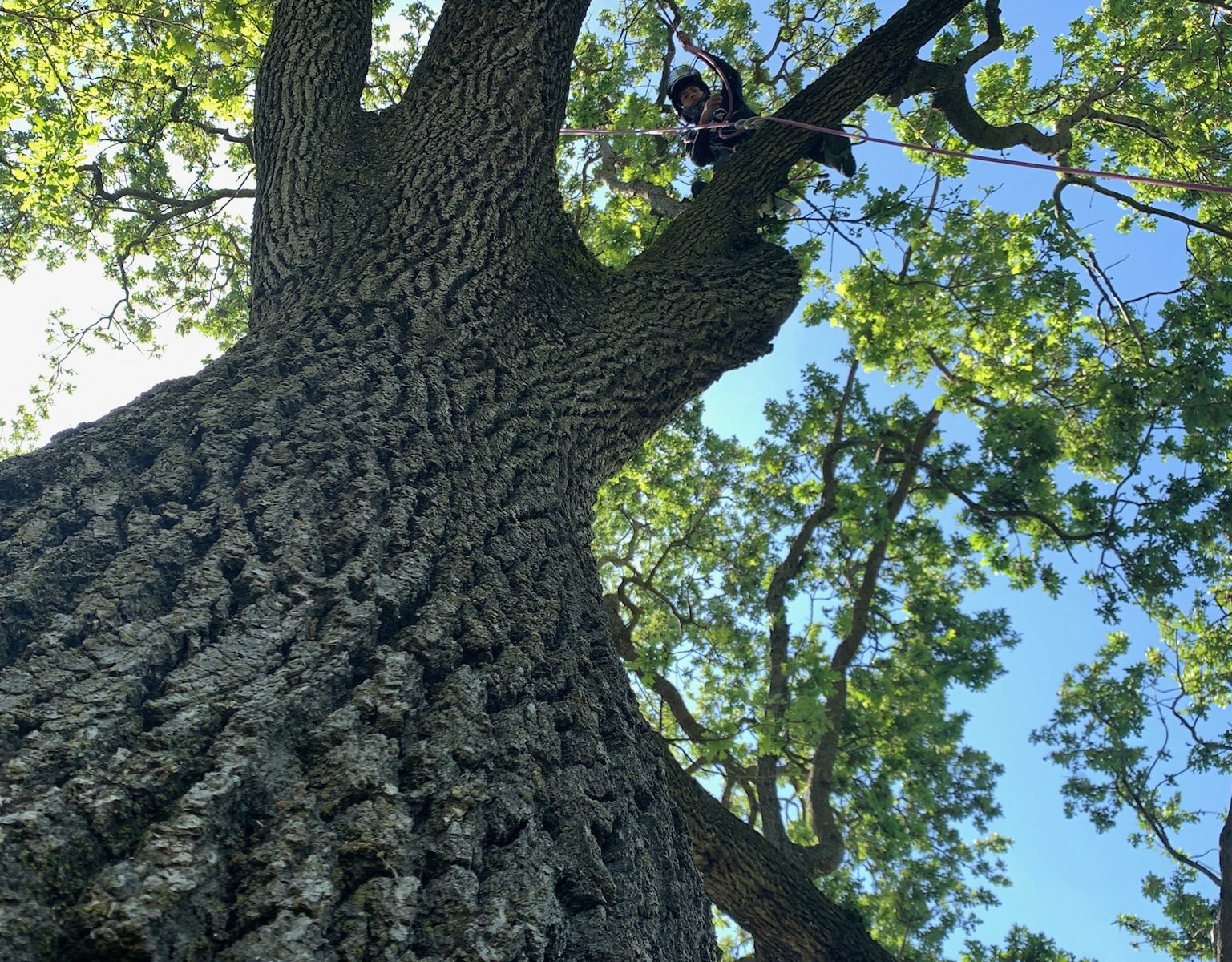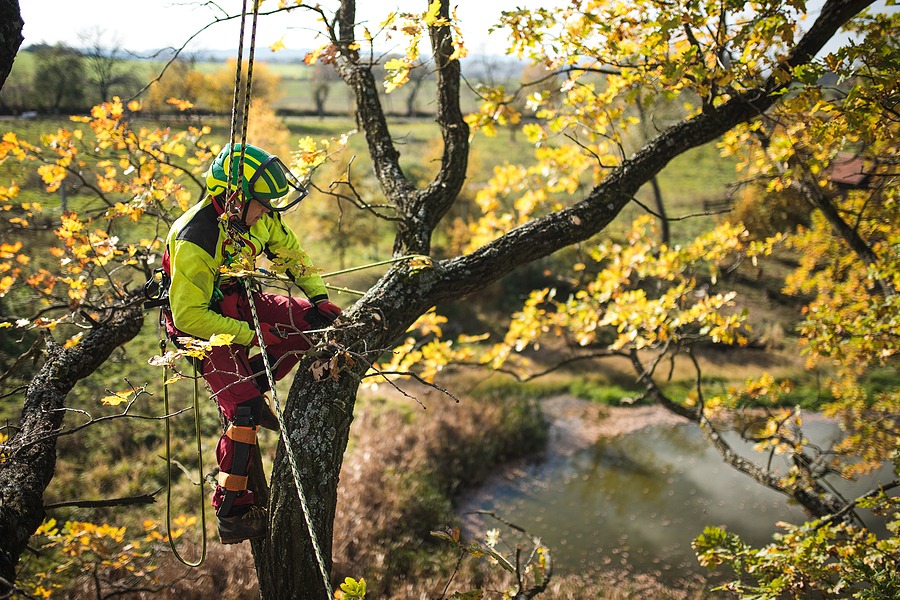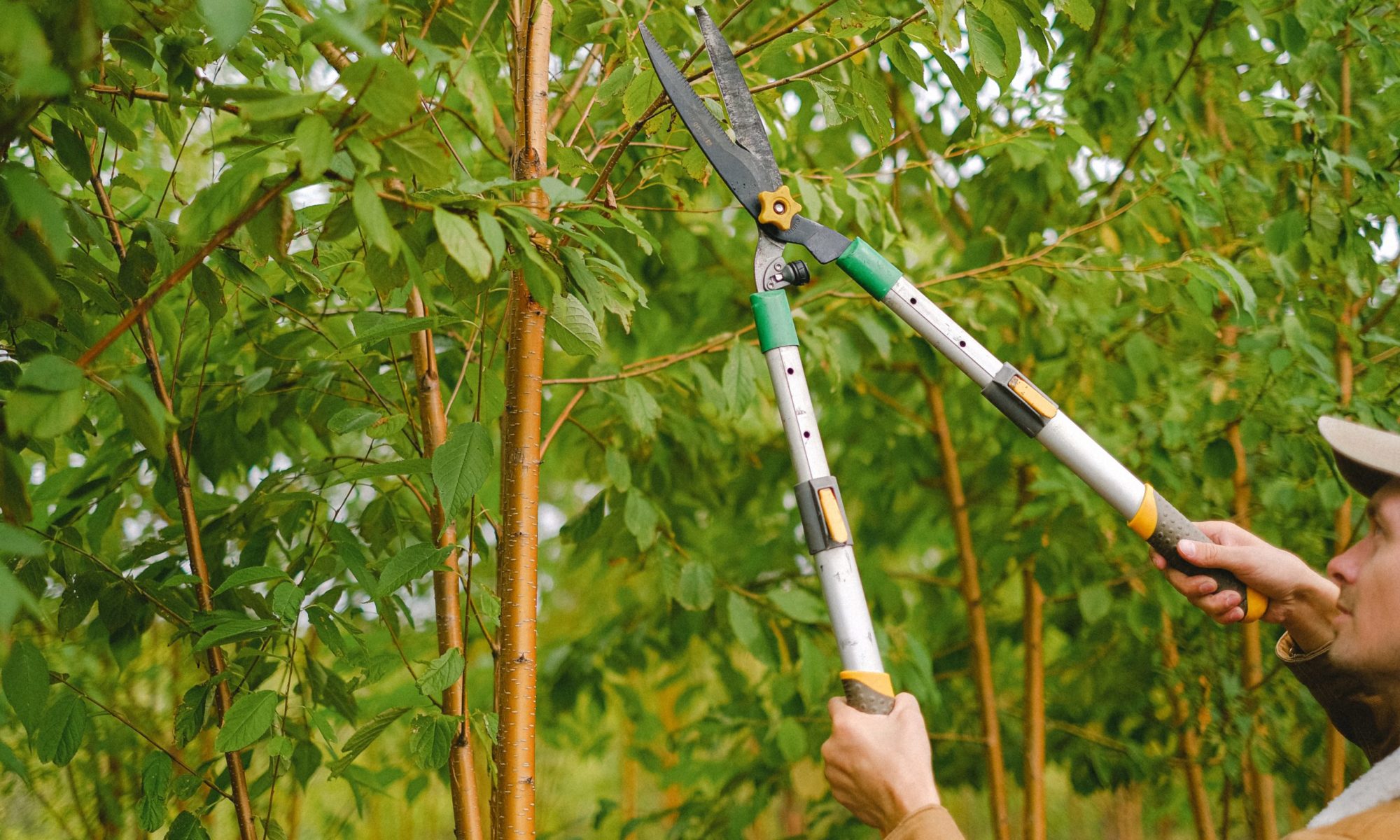What is a tree surgeon? A tree surgeon is someone who helps to maintain and care for trees. This can involve things like pruning, trimming, and removing branches or limbs that are damaged or dead. Tree surgeons can also be helpful in terms of public safety – by removing dangerous branches or limbs from trees, they can help minimize the risk of injury or property damage.
Fast Facts About Tree Surgeons
What does a Tree Surgeon Do?
A tree surgeon is a professional who is responsible for the health and well-being of trees. They may be called upon to perform a variety of tasks, including planting trees, caring for young trees, removing trees, and diagnosing and treating tree diseases.
Qualifications to Become a Tree Surgeon
To become a tree surgeon, one must first have a degree in forestry or arboriculture from a recognized institution. They need to have at least three years of experience working as a tree surgeon. Additionally, one must pass an examination given by the International Society of Arboriculture to become a licensed tree surgeon.
Importance and Safety Tree Surgeon Offers
Tree surgeons must be skilled in the use of ropes and climbing equipment to work safely at height, and must also be aware of the dangers posed by working with large trees. They may also use machinery such as chainsaws and stump grinders. When choosing a tree surgeon, it is important to select someone qualified and experienced.
How Much Experience is Needed to Be a Tree Surgeon
In order to be a tree surgeon, one will need at least five years of experience working with trees. This experience can be gained through working in arborist, landscaping, or forestry industries. One should also have a strong understanding of tree biology and how to properly care for trees. Additionally, it is important to be physically fit and able to safely climb and work in high places.
Typical Services Offered by Tree Surgeons
Tree surgeons offer a wide variety of services aimed at maintaining the health and appearance of trees. Some of the most common services provided by tree surgeons include pruning, cabling and bracing, and tree removal.
Insurance and Bonding for Tree Surgeons
Tree surgeons typically have a degree in horticulture, forestry, arboriculture, or landscape architecture. In order to protect the public, tree surgeons are often required to carry insurance. Bonding is also usually required, as it guarantees that the tree surgeon will complete the job properly and meet all safety regulations.
Benefits of Employing a Tree Surgeon
A well-trained tree surgeon can preserve a tree’s health and extend its life. Improved safety. They can assess the condition of a tree and make necessary repairs to make it safe. Well-maintained trees that add beauty and value to a property are often the work of experienced tree surgeons too.
Cost of Tree Surgery Services
The cost of tree surgery services can vary depending on the size and complexity of the job. Typically, though, you can expect to pay between $50 and $200 per hour for a tree surgeon’s services.
When To Call a Tree Surgeon
A tree surgeon is a professional who helps to maintain the health and appearance of trees. They may be called upon to remove dead or diseased branches, thin the canopy to allow more light through, or prune trees for safety reasons.
Trees that are healthy and well-maintained can add value to your property – so if you’re thinking of selling in the future, it’s worth considering hiring a tree surgeon to help keep your trees looking good!
Get in Touch With a Local Tree Surgeon
At Sexy Trees, our wide range of services and care will keep your trees healthy and beautiful for decades to come. We believe in supporting our communities of trees through evidence-based techniques that you can depend on.
Give us a call at 925-233-6877 for an estimate, or email us at [email protected] anytime with questions!
 Bringing Sexy Back Into Your Yards
Bringing Sexy Back Into Your Yards 
